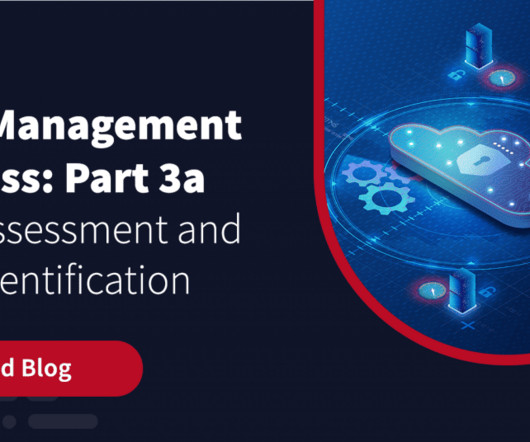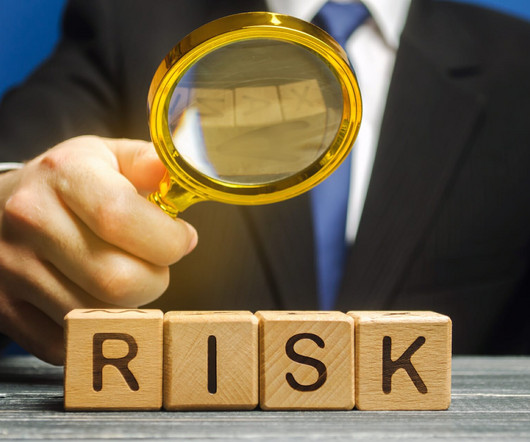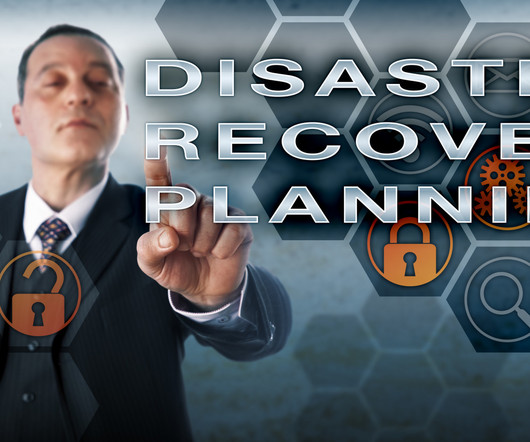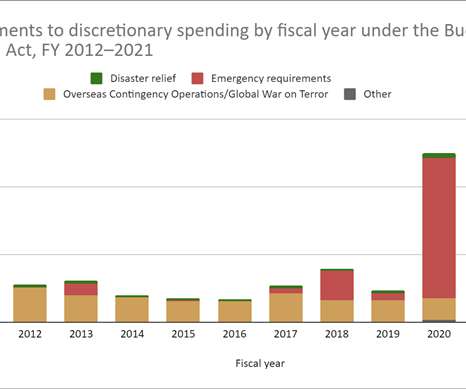Risk Management Process- Part 3a: Risk Assessment and Risk Identification
Zerto
JULY 12, 2023
In the previous post of this risk management series, we covered the business impact analysis (BIA) , which is a crucial step in understanding the impact of potential disruptions to critical business processes. It identifies threats and vulnerabilities, potential areas of impact, and the likelihood of disruptive events.


































Let's personalize your content